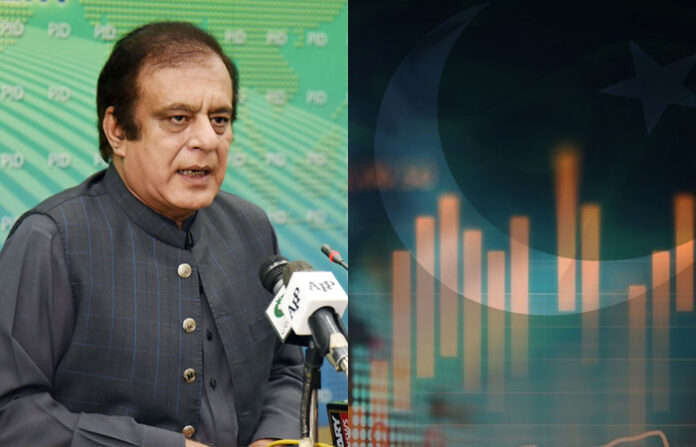On Sunday, Federal Minister of Information and Broadcasting Shibli Faraz said that, despite the difficulties facing Pakistan’s economic indicators during the year, they were optimistic.
In a series of tweets, the information minister pointed out today in Lahore that Pakistan’s remittances had increased by 27 percent, foreign direct investment by 150 percent and cement production by 17 percent in just the first half of the financial year as the opposition prepared for its anti-government strength.
He also noticed that in November, car sales were up by 68 percent. Moreover, tractor and motorcycle sales have increased drastically.
“The reduction in the price of sugar is a clear expression of Imran Khan’s commitment to provide relief to the poor,” Shibli maintained.
He also praised the policy of Prime Minister Imran Khan to improve Pakistan’s economy and people’s livelihoods, amid the coronavirus pandemic that has infected millions of lives nationwide.
On December 11, two days ago, PM Imran himself declared that workers’ remittances had continued to rise over the last month, continuing the tradition of receiving more than $2 billion for the sixth month in a row.
The premier said that remittances increased to $2.34 billion, up 2.4 per cent over the previous month, and 28.4 per cent over November 2019, according to the State Bank of Pakistan (SBP).
The Asian Development Bank said earlier this week that Pakistan’s economy was on the road to recovery. Some official forecasts have indicated a growth rate of 2.8 percent during the current fiscal year.
“Pakistan’s economy is recovering, supported by government emergency relief, particularly in the manufacturing and construction sectors,” the ADB said in its brief Asian Development Outlook Supplement report released on Thursday.
The ADB had said in the previous September ADO Updated Outlook report that Pakistan’s economy could develop at a rate of 2 percent in the current fiscal year, which was the fifth lowest rate among South Asian countries.


